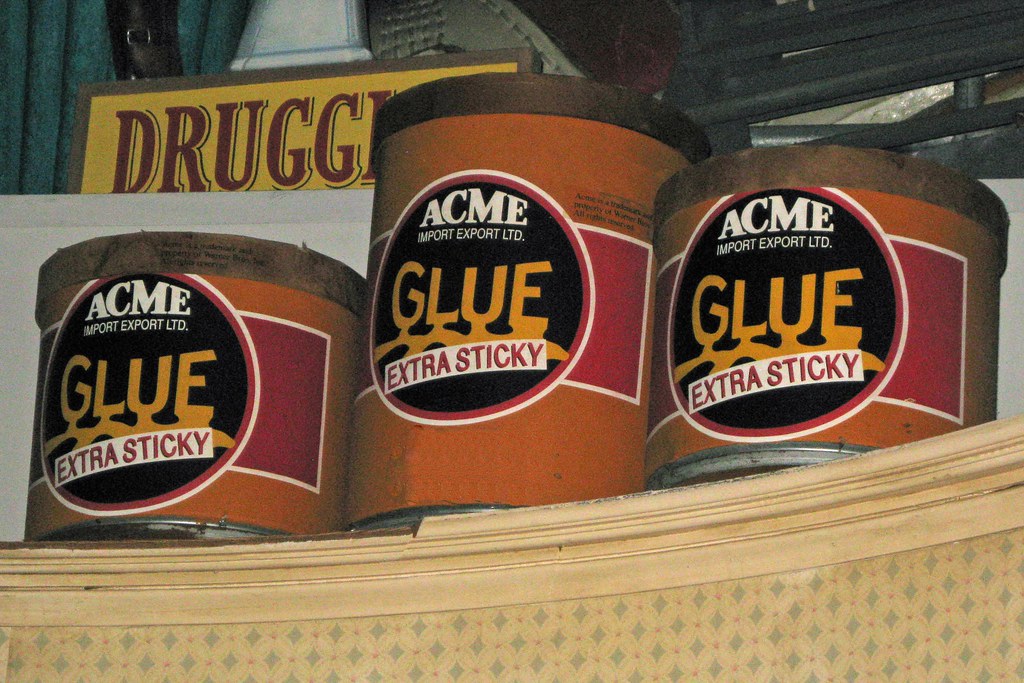Researchers at the Aalto University, the University of Tokyo, Sichuan University, and the University of British Columbia have developed an eco-friendly, plant-based superglue.

The novel glue is based on plant-sourced cellulose, the same material that paper is made out of. This means that the glue, which “outperforms” its synthetic competition “by a great many measures” can be made from waste plant matter. Unlike superglue, however, the cellulose-based material is strongest in a preferred direction, making it similar to “Peel and Stick” adhesives, the team explains.
Veggie glue
“Reaching a deep understanding on how the cellulose nanoparticles, mixed with water, [forms] such an outstanding adhesive is a result of the work between myself, Dr. Tardy, Luiz Greca, Professor Hirotaka Ejima, Dr Joseph J. Richardson and Professor Junling Guo and it highlights the fantastic collaboration and integration of knowledge towards the development of an extremely appealing, low-cost and safe application,” says Aalto Professor Orlando Rojas, the study’s corresponding author.
The new glue is roughly 70 times stronger (i.e. harder to tear apart) on its principal plane of bond compared to the perpendicular of that plane. In other words, a single drop can hold up to 90kgs of weight or be easily removed with just one or two fingers depending on how you handle it. This level of strength is very surprising for a plant-based glue, the team adds.
It’s even more surprising considering how simple to make this material is. The team created the glue by simply mixing cheap, plant-sourced particles with water. Curing time depends on the evaporation of this water (the team’s current mixture dries in about 2 hours), so it can be sped up by exposing the glue to heat.
The team envisions their glue used in protecting fragile components in machines that can undergo sudden physical shock (such as microelectronics), to fix reusable structural or decorative elements, in packaging, and as a more eco-friendly alternative for general adhesive. The world overall is producing more cellulose than ever, the team explains, making it very cheap — a great time to make eco glue.
“The truly exciting aspect of this is that although our new adhesive can be sourced directly from residual biomass, such as that from the agro-industry or recycled paper,” explains Dr. Blaise Tardy, the paper’s first author.
“It outperforms currently available commercial synthetic products by a great many measures.”
The paper “Exploiting Supramolecular Interactions from Polymeric Colloids for Strong Anisotropic Adhesion between Solid Surfaces” has been published in the journal Advanced Materials.


